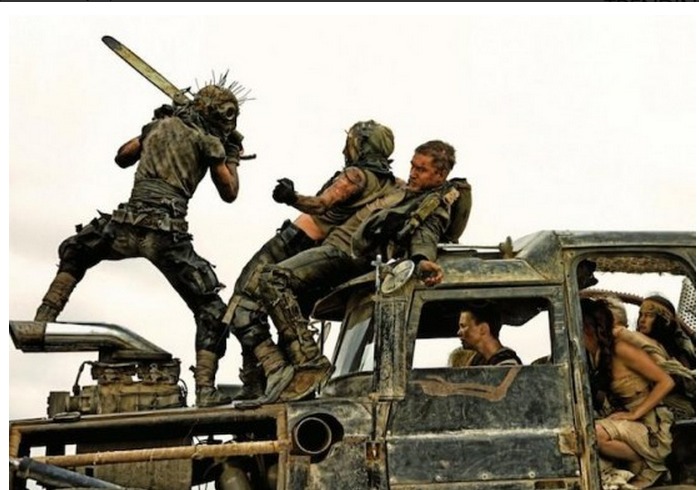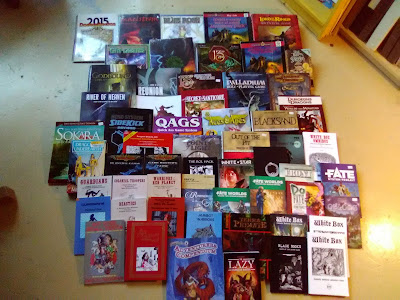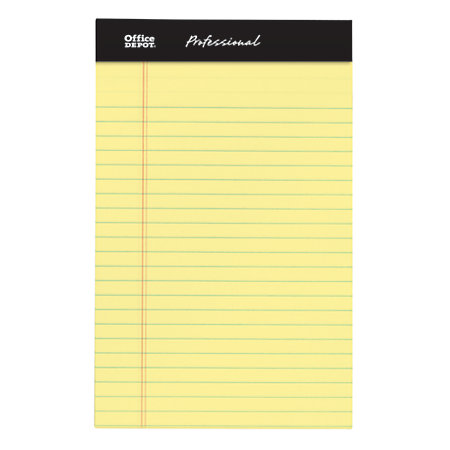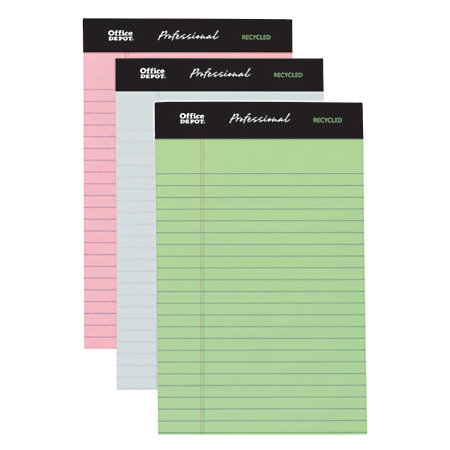Friday morning at Gary Con IX, I attended a seminar hosted by Marc Miller, lead creator of
Traveller. It turned out to be a modest gathering, fewer than ten people, so Marc had us all pull in close and provided rare opportunity to ask him direct questions. In particular, since I've been reading the "Out of the Box" series on
Tales to Astound, I was curious about the evolution of
Traveller from a generic sandbox generator to a game specifically about the Third Imperium setting, and was able to put the matter to him directly a couple times.
Naturally, Marc mainly wanted to promote his current work,
Traveller5, particularly a basic beginner-friendly version he'd like to produce, but he was still willing to share his memories of the old days.
I suspect some of these anecdotes are familiar to folks who've heard Marc talk about
Traveller before; I certainly recognized some of his words as near-verbatim repeats of old essays of his. I'm no journalist, I was merely jotting down long-hand interesting discourse as it came up, so mostly these are the highlights of the talk organized roughly by subject, not by Q-and-A or chronologically, and quotes below should be taken as paraphrasing.
Creating Traveller
Marc Miller's inspirational reading was a stack of old coverless pulp magazines. As a young graduate he'd buy them one at a time from a local newstand when he couldn't afford any other entertainment.
The organization and format of the 1977 set of three "little black books" directly emulated the original 1974 white-box D&D set. "I'd finish a chapter then flip through the D&D booklets to see what part I should write next."
The distinctive minimalist visual style of the original set came about largely because the graphic designer (Paul R. Banner, I assume) didn't want to spend much time on it, as they were more interested in another GDW project they were working on at the time, the wargame
Europa.
The iconic imperial sunburst was another example of graphic expedience; it was copied from the wargame
Iliad: the Siege of Troy where it had represented the god Apollo.
Though the popularity of
D&D was undeniable, the potential for a wider field of role-playing games was unproven, so GDW pursued their science fiction game with guarded ambitions.
Traveller was an unexpected success. "We hoped it would eventually sell 2,000 copies, then we fast reached 10,000."
Growth and Development
The core game wasn't designed with expansion in mind, so its systems are largely self-contained. But when its popularity presented a market for adventures, GDW felt a structured setting was needed to give those adventures context, thus the Third Imperium was developed. [I wish there had been time to pursue Miller further about this process, particularly why he felt published adventures required a large-scale inter-connected setting rather than self-contained scenarios.]
There was early resistance to the expansion of Traveller past the core game. Marc particularly remembers game reviewer Louis Pulver(?) complaining "I won't play a game the tells me what to do," when official setting material started to appear.
Buyers demand expansions they'll never use, so designing for the market is not the same thing as designing for actual play. "They want thirty pages of combat rules, but will never run more than a brawl using five of them."
Traveller: 2300 / 2300AD was originally conceived as Traveller's replacement. Miller and GDW assumed interest in the original game would wane with age and a new game, built around then-contemporary 1980's SF aesthetics and more comprehensive rules, would be needed to keep the attention of modern gamers. There was some surprise when 2300 wasn't a hit while interest in Traveller remained steady.
Opinions and Insights
Things got a little fraught when discussion turned to modern SF literature and Marc's opinions of such. He talked about sampling current works, but still prefers straightforward action-and-engineering tales to esoteric socially-focused stories. The tension came when he openly referred to authors of award-winning stories that lacked ray-guns and spaceships as "social justice warriors" and some of the audience reacted negatively (me included) to the disparaging implication, to his mild surprise. He pointed out that he's proud to have broached non-binary gender in his latest
Traveller novel, but the way he discussed it indicates he still feels that's a subject best dealt with obliquely. My interpretation of the whole uncomfortable exchange was that Marc Miller didn't mean "SJW" with the full vehemence that gutter-scum like the Sad Puppies and GamerGaters do, and probably wasn't fully aware of that context. He sees himself as liberal-minded, but in an old-hand way, "a little edgy."
Marc was refreshingly frank about parts of
Traveller's publishing history that misfired. He dismissed
High Guard for its long statline, too unwieldy to actually use in play, and said outright that
Fire Fusion and Steel "didn't work."
I directly asked him for his reaction to players going back to a "three LBB's only" approach, who feel that the Third Imperium setting and its expectations make for a very different game than
Traveller originally was. More or less, he shrugged and said it's fine if people want to do that, but he likes writing about the Imperium so it will continue to be part of his vision of
Traveller.
 |
| Never did successful roll up a character with a Type S Scout. Source. |





















